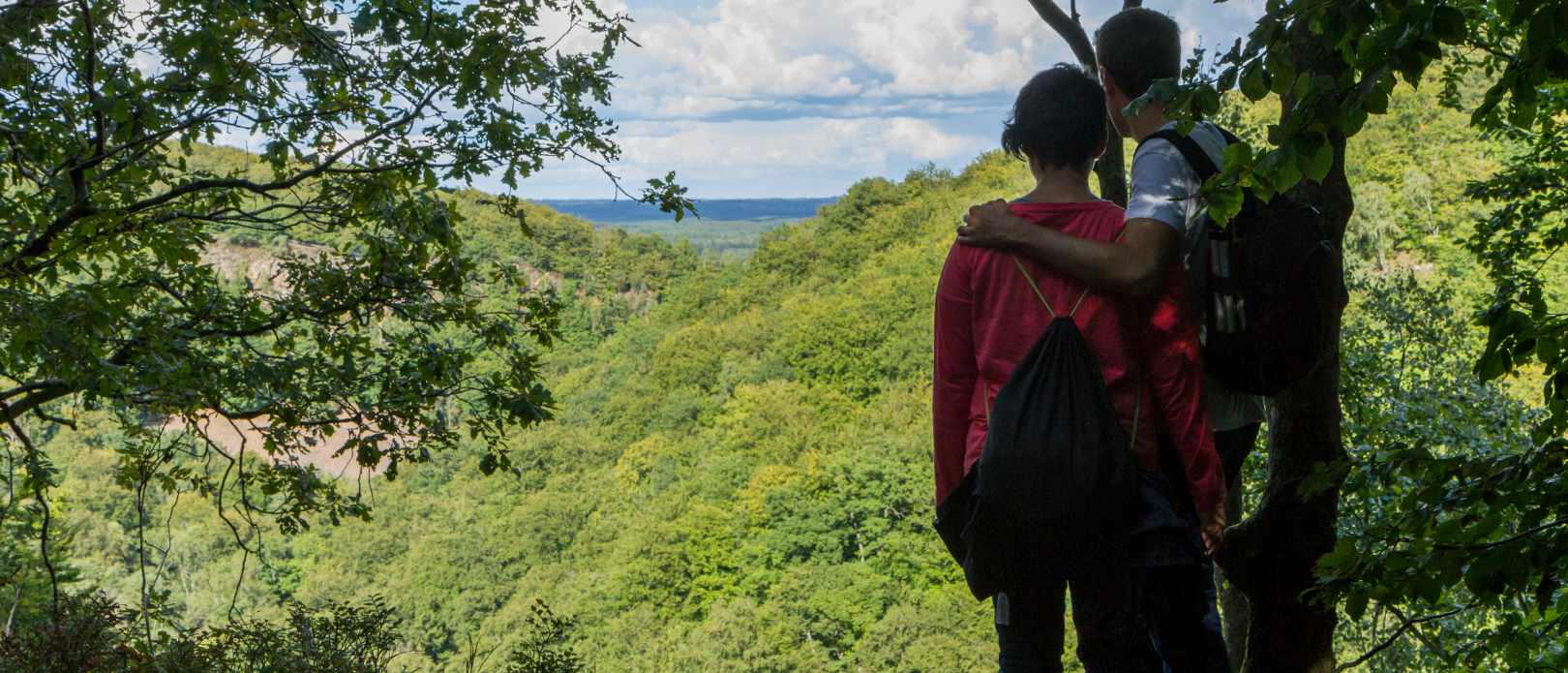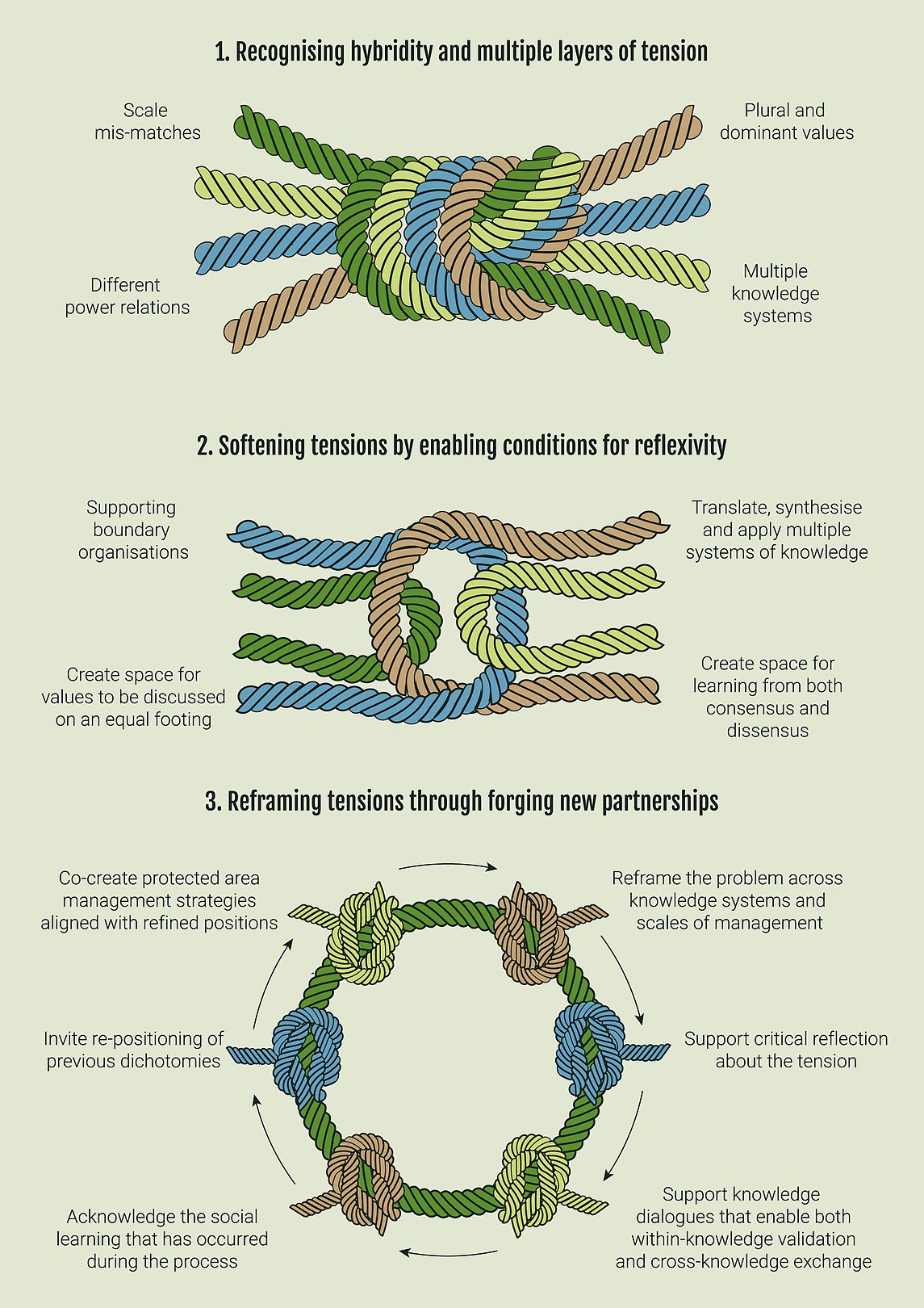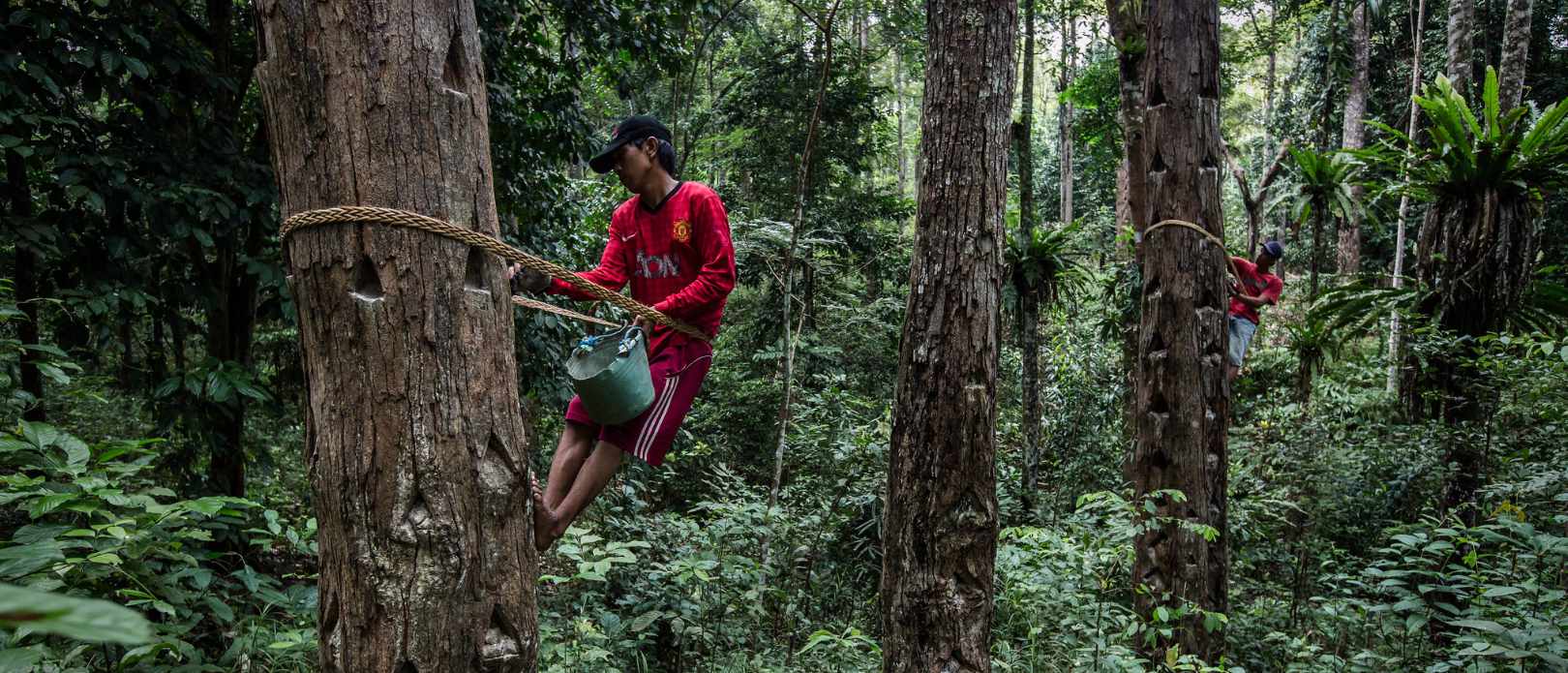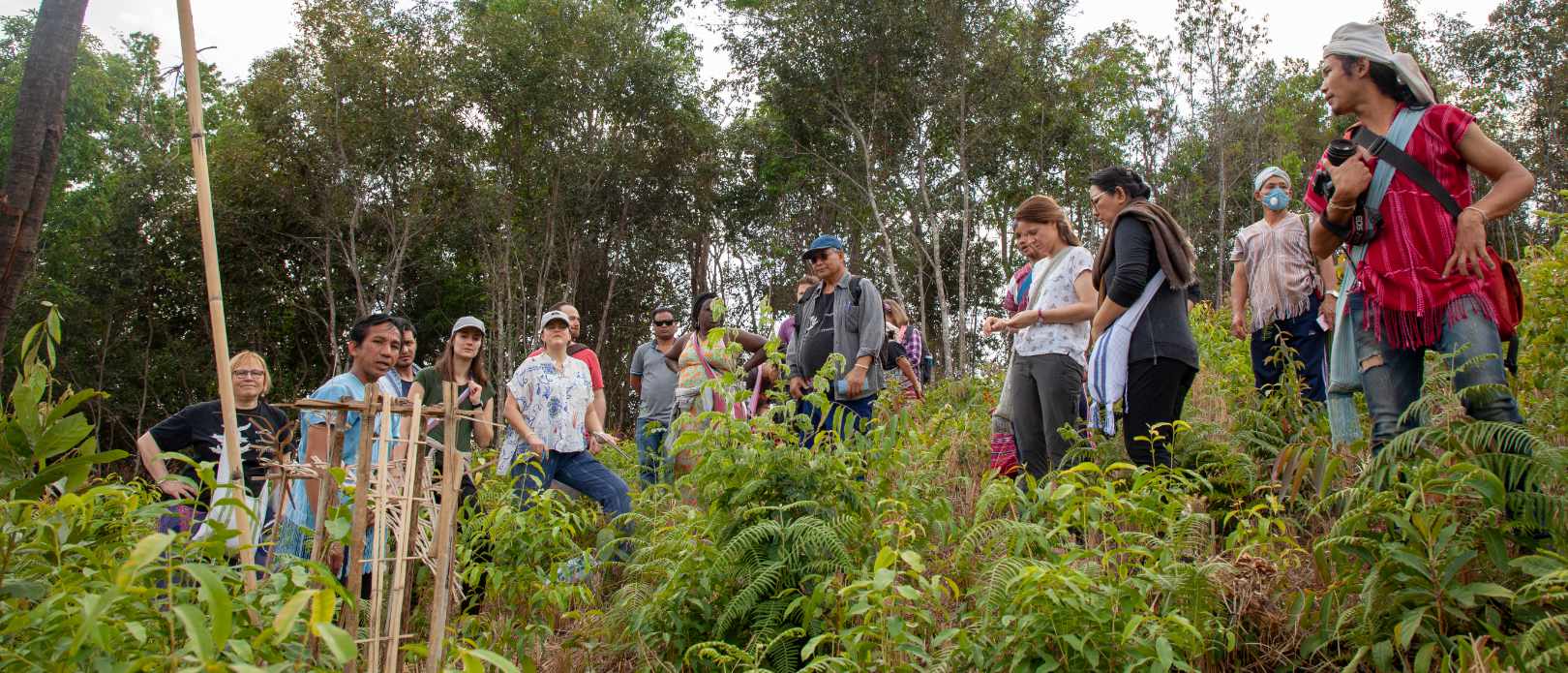Biodiversity conservation
A more inclusive approach to protected areas

Inclusive conservation needs to address not only what to protect, but also how conservation can be aligned with other land uses and associated individual and societal interests, a new study argues. Photo: B. Kristersson/Azotelibrary
Protected areas must not only expand but also become more inclusive and equitable. But tensions exist
• The paper draws on lessons learned from protected area management in Sweden, The Netherlands, United States and Spain
• It suggests how protected area management can widen its scope beyond biodiversity to also include equity, and justice goals of multiple stakeholders
• The suggested ‘inclusive conservation’ approach has implications for the United Nation’s new framework for protecting and restoring biodiversity
MORE THAN JUST PROTECTION: Ensuring that Earth’s biodiversity is conserved, restored and valued is key to achieve both the UN Sustainable Development Goals and the 2050 vision of the UN Convention on Biological Diversity. For this to become reality, protected areas must not only expand but also become more inclusive and equitable, concludes a new study published in the journal One Earth.
Widen its scope
The draft of the UN’s new framework for protecting and restoring biodiversity (“the Post-2020 Global Biodiversity Framework”) includes efforts for a more fair and equitable sharing of nature’s benefits (Target 13). It also includes targets on ensuring equitable and effective biodiversity decision-making (Target 21).
The final decision on the framework will be taken 25 April – 8 May this year, during the 15th meeting of the Conference of the Parties (COP 15) to the Convention on Biological Diversity.
It is timely to consider how protected area management can widen its scope and recognise the plurality of values and visions of multiple stakeholders.
Erik Andersson, co-author
Tensions
The international team of authors outline four tensions associated with the implementation of inclusive conservation approaches in protected area management globally:
1) Supporting area-based conservation vs. cross-boundary landscape management
2) Recognising vs. reducing plurality in the visions for and values of nature
3) Incorporating local and experiential knowledge into the dominant Western knowledge system
4) Acknowledging power relations in conservation: seeking consensual outcomes vs. embracing dissent
Drawing upon protected area management cases from Sweden, the Netherlands, United States and Spain, the paper then presents a governance framework (see figure below) that can be used to recognise, soften and reframe these tensions.
“Inclusive conservation needs to address not only what to protect, but also how conservation can be aligned with other land uses and associated individual and societal interests,” the authors conclude.
Read Inclusive conservation and the Post-2020 Global Biodiversity Framework: Tensions and prospects
Raymond, C., Cebriàn-Piqueras, M.A., Andersson, E., Andrade, R. et.al. 2022. Inclusive conservation and the Post-2020 Global Biodiversity Framework: Tensions and prospects. One Earth, Volume 5, Issue 3, 18 March 2022, Pages 252-264, https://doi.org/10.1016/j.oneear.2022.02.008
The study is a result of the ENVISION project, led by Professor Christopher Raymond from University of Helsinki and the Swedish University of Agricultural Sciences. Among the other co-authors are centre colleagues Jan Kuiper and My Sellberg as well as researchers from Belgium, Canada, Finland, Germany, the Netherlands, Norway, Romania, South Africa, Spain, UK and USA.









